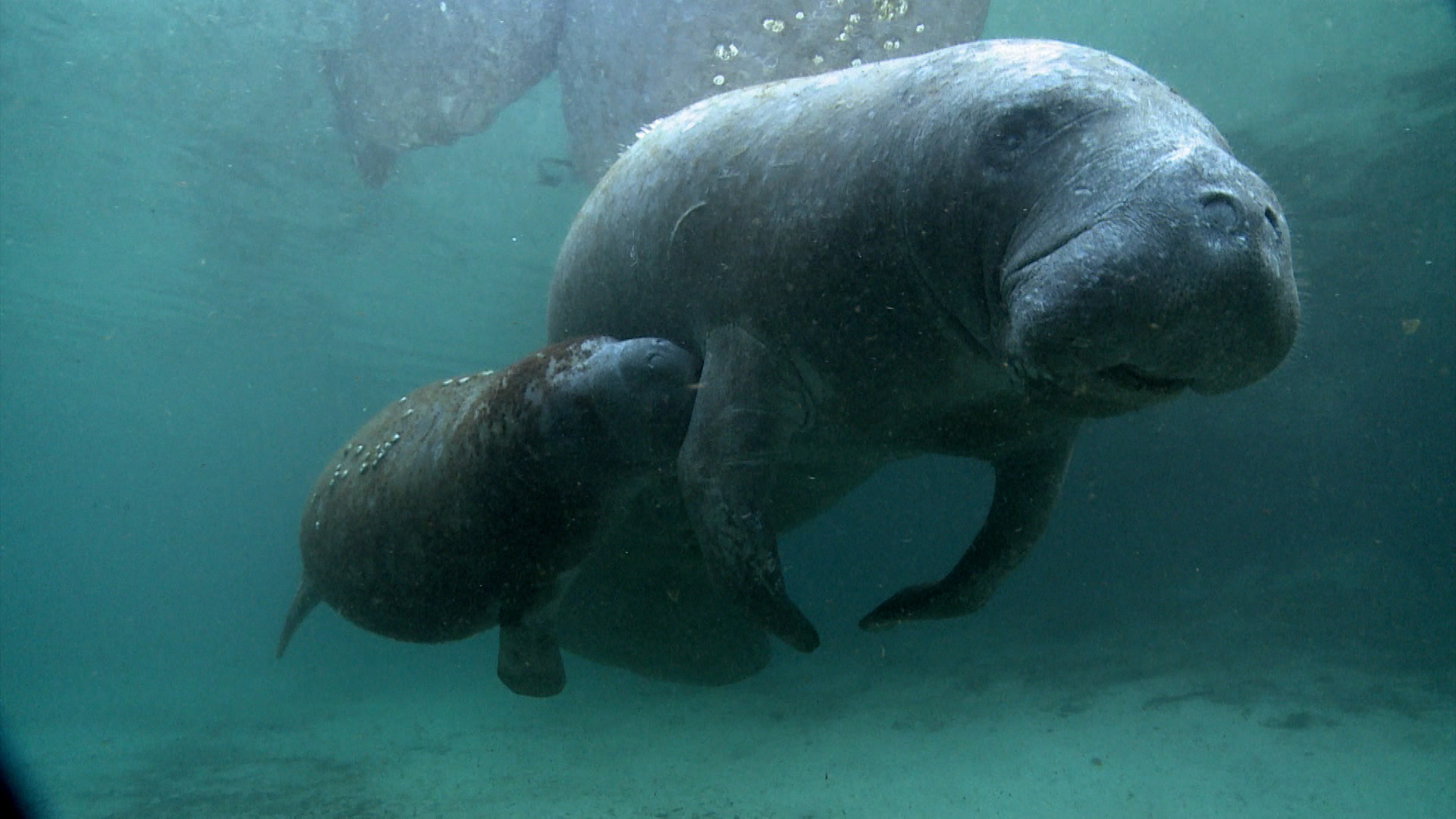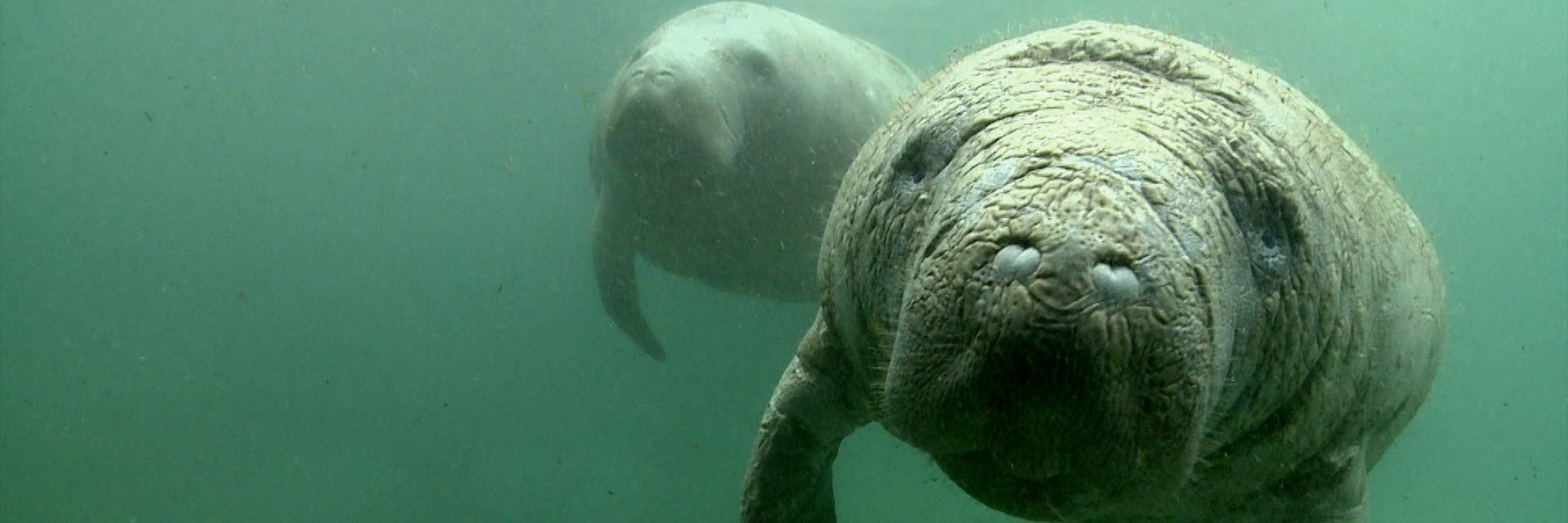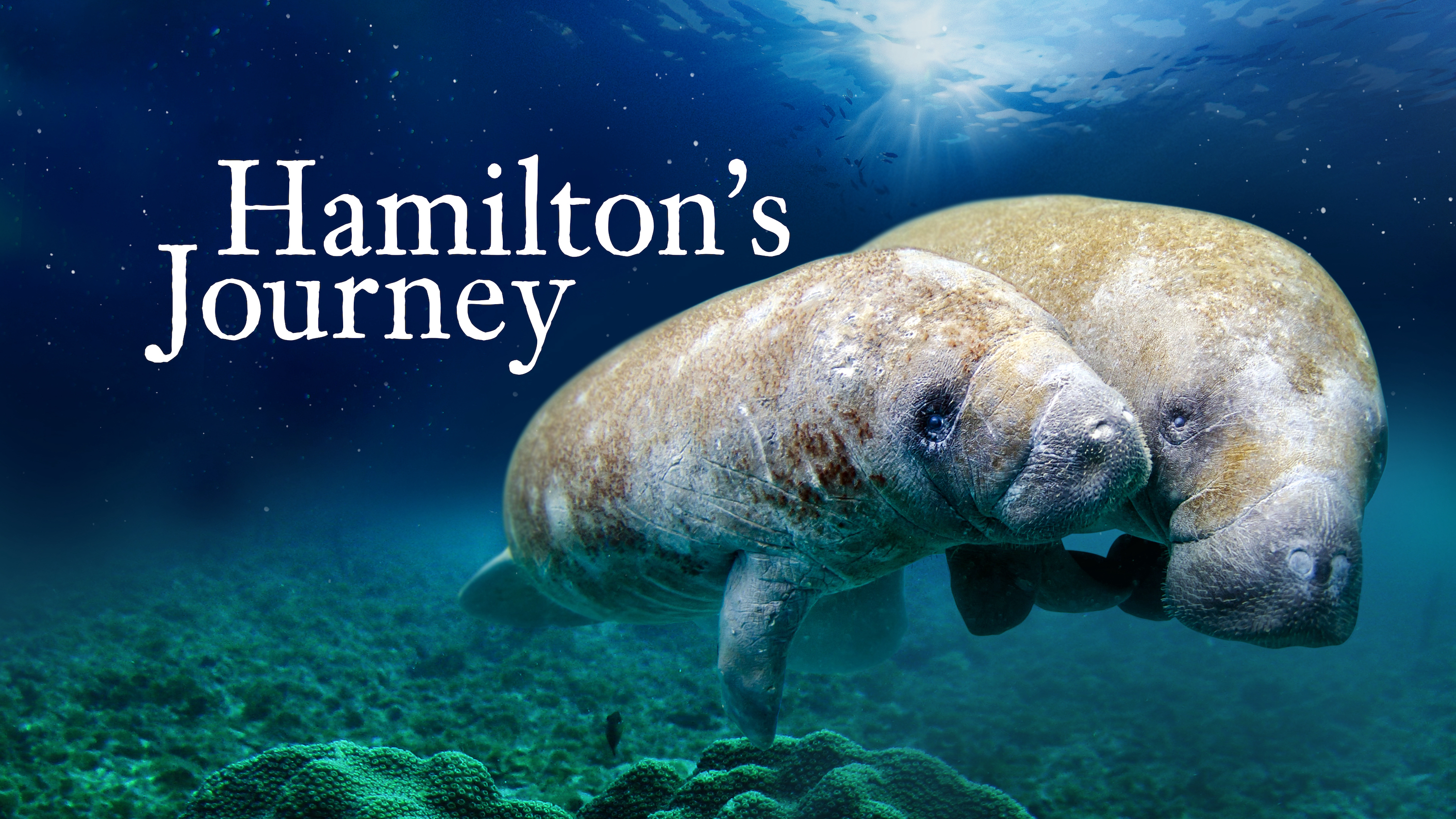These adorable aquatic mammals need seagrass to survive – and it’s getting harder for them to find.
◊
Florida's manatees, those gentle aquatic mammals that some call sea cows, are struggling to sustain their population, primarily due to the significant loss of seagrass, which is their main food source. This decline in seagrass beds is largely attributed to several interrelated factors.
Water Pollution
- Nutrient Runoff: Fertilizers and pesticides used in agriculture, as well as nutrients from livestock waste, wash into rivers and estuaries, eventually reaching coastal waters. These nutrients, particularly nitrogen and phosphorus, fuel the growth of algae.
- Wastewater Discharges: Untreated or partially treated sewage from municipal wastewater treatment plants, septic systems, and industrial sources also contributes to nutrient pollution. Leaking septic systems are a significant problem in some areas.
- Harmful Algal Blooms (HABs): The excess nutrients lead to the proliferation of harmful algal blooms, such as red tide and blue-green algae. These blooms not only block sunlight needed for seagrass photosynthesis but can also produce toxins that are harmful to marine life.
Get to know a charming, if not handsome, manatee in Hamilton's Journey.
Habitat Destruction
- Coastal Development: The construction of homes, businesses, and infrastructure along the coast often involves dredging-and-filling activities that directly remove or bury seagrass beds. The increase in impermeable surfaces such as roads, sidewalks, and patios also leads to more stormwater runoff, which carries pollutants into waterways.
- Boat Traffic: Manatees are often found in shallow waters where seagrass grows. Recreational and commercial boating in these waters can stir up sediments, sometimes damaging seagrass beds.
- Dredging Activities: Maintenance of shipping channels and ports involves dredging, which disturbs the seafloor and can lead to the smothering of seagrass beds with sediment.
Climate Change
- Rising Temperatures: Higher water temperatures can stress seagrass, making it less resilient to other environmental stresses. Warmer waters also promote the growth of harmful algae.
- Changes in Salinity: Alterations in freshwater flow due to climate change can affect the salinity levels in estuaries and coastal areas. Seagrass species have specific salinity ranges they can tolerate, and significant changes can hinder their growth.
- Ocean Acidification: Increased carbon dioxide levels lead to ocean acidification, which can affect the overall health of marine ecosystems, including seagrass beds.
Extreme Weather Events
- Hurricanes and Storms: These events can cause physical damage to seagrass beds through strong wave action and storm surges. They can also lead to increased sedimentation, which can smother seagrass.
- Flooding: Heavy rains associated with storms increase runoff, bringing more harmful nutrients into coastal waters, exacerbating nutrient pollution and promoting algal blooms.
- Long-term Effects: The destruction caused by these events can take years to recover from, and repeated events can prevent seagrass from re-establishing itself.

What Can Be Done?
Efforts to address these issues are ongoing and multifaceted. They include:
- Improving Agricultural Practices: Implementing best management practices (BMPs) to reduce nutrient runoff from farms.
- Wastewater Management: Upgrading wastewater treatment facilities to remove more nutrients before discharge and encouraging the use of advanced septic systems.
- Seagrass Restoration Projects: Planting seagrass in areas where it has been lost and protecting existing beds through the establishment of marine protected areas as well as regulations on boating and development.
- Public Awareness and Policy Changes: Educating the public about the importance of seagrass and advocating for stronger environmental regulations to protect water quality and marine habitats.
Ω


